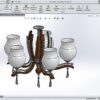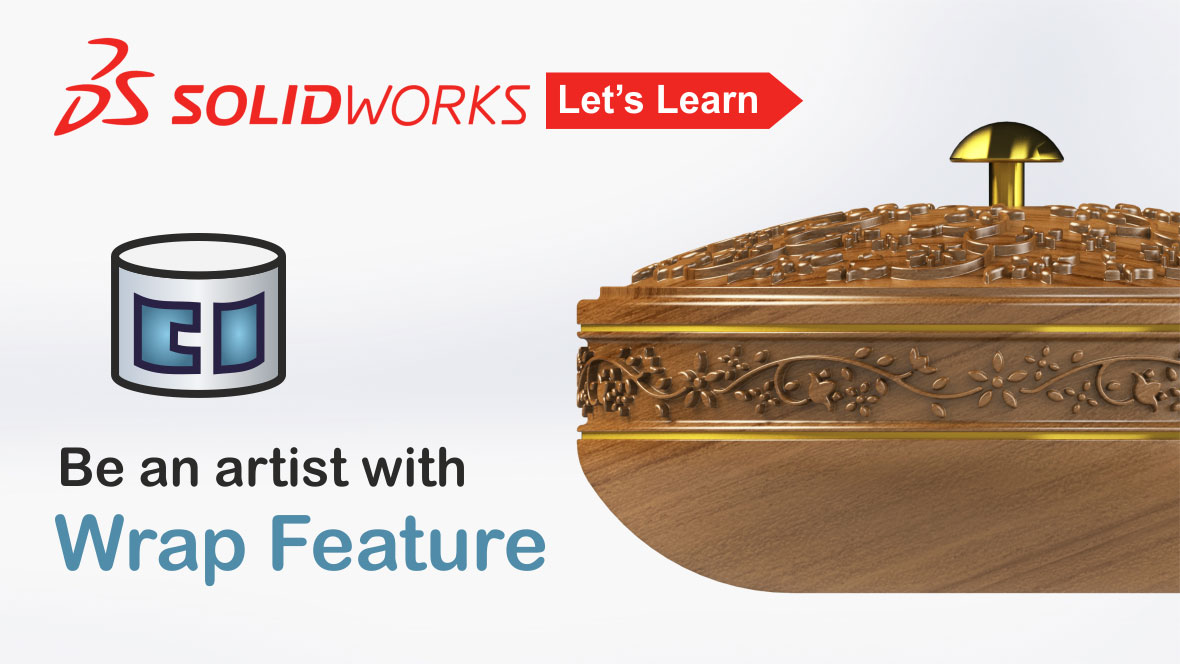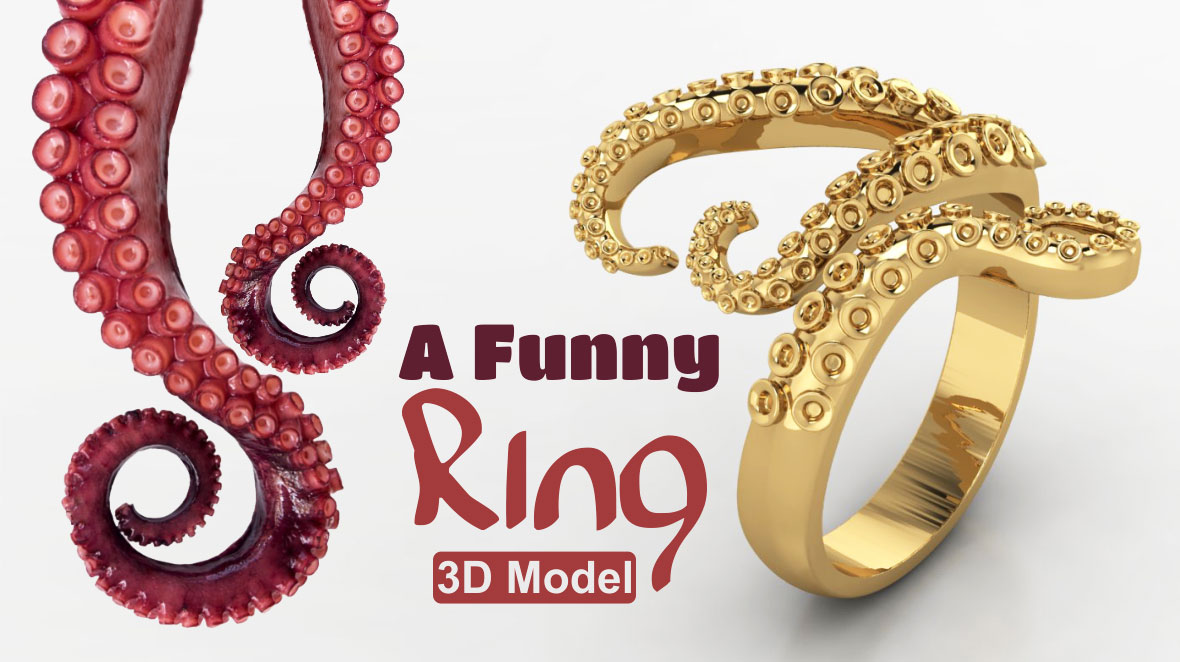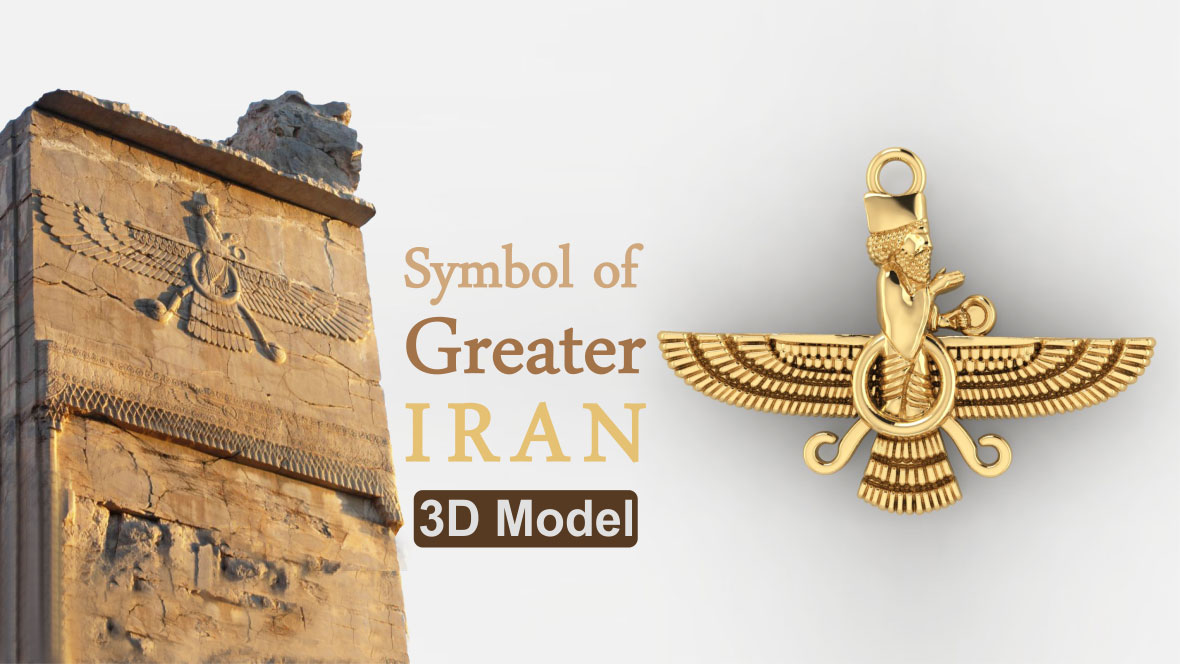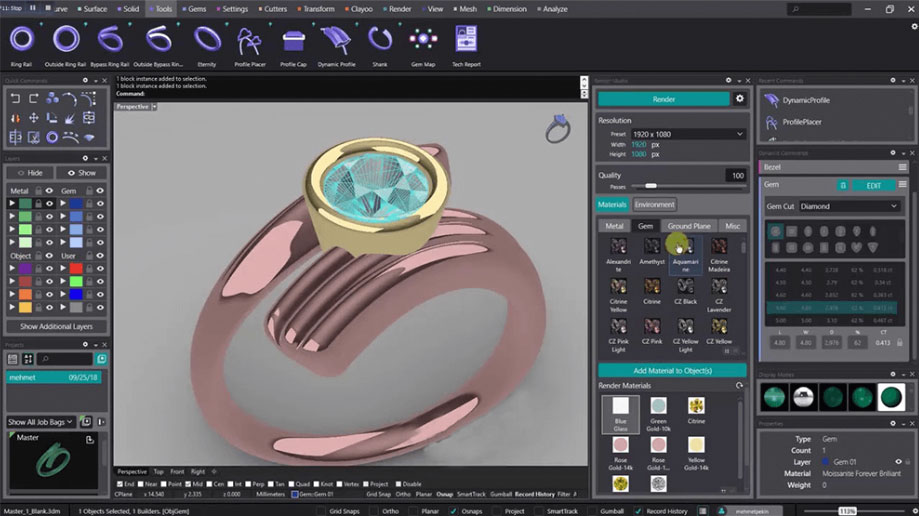
Matrix Software in Jewelry Design
Introduction
Matrix, a premier jewelry design software, is a brilliant fusion of traditional craftsmanship and cutting-edge technology. Rooted in the intricate art of jewelry making, Matrix’s history traces back to an era when digital transformations began revolutionizing traditional sectors. The jewelry industry, historically reliant on manual craftsmanship, welcomed Matrix as a tool that bridged the gap between time-honored techniques and modern-day efficiencies. In the contemporary world of jewelry design, where precision, uniqueness, and speed are paramount, Matrix has proven to be indispensable. It offers designers a platform to visualize, modify, and perfect their creations before they take a tangible form. As we delve deeper into the capabilities and applications of this software, it’s essential to recognize the monumental shift Matrix has brought about: merging the world of gemstones and metals with pixels and vectors, leading the charge in the digital jewelry design revolution.
Features and Capabilities of Matrix Software
Matrix, tailored specifically for the jewelry sector, boasts an array of robust features that empower designers to breathe life into their visions. At its core lies an intuitive user interface, designed to cater to both novices and seasoned professionals. Graphical tools and icons ensure a smooth design experience, reducing the learning curve considerably. Matrix’s specialized jewelry design tools allow intricate detailing, from prong settings to delicate filigree work. Advanced modeling techniques, combined with a comprehensive library of gemstones and metals, facilitate the creation of intricate and bespoke pieces. Furthermore, Matrix provides parametric history, a game-changer that allows designers to make alterations without starting from scratch. In essence, the software has transformed the way designers approach jewelry creation, streamlining processes, and ensuring that the intricate world of jewelry design keeps pace with technological advancements.
Advantages of Using Matrix in Jewelry Design
The integration of Matrix software into the jewelry design landscape has ushered in a wave of unprecedented benefits. Firstly, precision is paramount in jewelry, and Matrix offers unparalleled accuracy, ensuring designs are flawlessly executed from conception to production. This precision cuts down on material wastage, translating to tangible cost savings. The software’s rapid prototyping capabilities significantly reduce design time, allowing designers to respond promptly to market demands or client modifications. Furthermore, the ability to render a vivid 3D preview gives clients an immersive experience, bridging the gap between imagination and realization. This not only enhances customer trust but also minimizes costly iterations. By replacing traditional guesswork with digital certainties, Matrix eliminates potential errors, reinforcing design integrity. In summation, Matrix doesn’t just facilitate design; it elevates the entire process, making it more efficient, accurate, and client-centric.
From Digital Design to Tangible Reality
The journey of transforming a digital creation within Matrix to a tangible piece of jewelry is a testament to the harmonization of technology and craft. Once a design is finalized in Matrix, it’s often exported to a 3D printer, creating a detailed wax or resin model. This prototype serves as the precursor to the final metal casting, ensuring a perfect mold for the jewelry piece. Comparatively, traditional methods required manual carvings, susceptible to human error, and time-intensive revisions. With Matrix’s integration, designers can swiftly move from conceptualization to physical production, guaranteeing that the minutest design intricacies are preserved. Furthermore, any necessary adjustments are effortlessly made in the digital space, ensuring cost and time efficiency. This digital-to-reality pipeline has not only elevated the speed and accuracy of jewelry production but also has enabled designers to push the boundaries of what’s possible in wearable art.
Practical Applications and Success Stories
Matrix’s widespread acclaim is best exemplified by its myriad real-world applications. Jewelry designers, from independent artisans to renowned brands, have harnessed its capabilities to produce remarkable pieces. One noteworthy instance is a designer’s intricate necklace design, which, using Matrix, featured seamlessly interconnected gem-encrusted links, an endeavor that would have been daunting with traditional methods. Another success story revolves around a bespoke engagement ring, where the client’s unique vision was realized in stunning detail, all thanks to Matrix’s precision tools and rendering capabilities. Moreover, several renowned jewelry houses now showcase their Matrix-designed collections, emphasizing the software’s role in pioneering contemporary jewelry trends. These practical applications underscore Matrix’s versatility and prowess in bringing even the most complex designs to fruition, emphasizing its indelible mark on modern jewelry design.
Training and Learning Resources for Matrix
Matrix, while intuitive, is a powerful software that offers an expansive range of capabilities. For those keen on mastering its features, a plethora of learning resources are available. Newcomers can begin with the official Matrix tutorials, providing step-by-step guides on basic functionalities and advanced techniques. For in-depth understanding, several online courses, offered by experienced jewelry designers, delve deep into Matrix’s tools, ensuring comprehensive knowledge transfer. Workshops and seminars, often organized in collaboration with jewelry design institutes, provide hands-on experience and peer interaction. Moreover, forums and online communities of Matrix users act as invaluable platforms for troubleshooting, exchanging tips, and sharing personal experiences. As technology continues to shape the jewelry design landscape, staying updated with Matrix’s evolving features is paramount, and these resources ensure that designers remain at the forefront of innovation.
Conclusion
The integration of Matrix into the realm of jewelry design signifies more than just the adoption of another software; it symbolizes the evolution of an age-old craft meeting the zenith of modern technology. From its precise modeling capabilities to its transformative impact on the design-to-production pipeline, Matrix has redefined the boundaries of what’s possible in jewelry creation. As designers harness its tools, they’re not merely drafting digital sketches but sculpting the future of jewelry, blending tradition with innovation. The stories, experiences, and successes woven around Matrix are testament to its pivotal role in modernizing an industry steeped in history and craftsmanship. In embracing Matrix, the jewelry world has not only optimized its processes but has also paved the way for a future where designs are limited only by imagination, ensuring the industry’s shimmering future is as brilliant as its sparkling past.
References
The foundation of any scholarly work rests on the robustness of its references, offering credibility and allowing readers to delve deeper into the topic at hand. For our exploration into Matrix and its transformative impact on jewelry design, a range of sources have been consulted. These include official Matrix software documentation, insights from renowned jewelry designers, academic papers on digital design advancements, and firsthand accounts from industry practitioners. Utilizing a diverse array of references ensures a holistic understanding, capturing both the technical intricacies of the software and its broader cultural implications. Readers are encouraged to consult the cited works for a more comprehensive grasp and to validate the claims and observations presented. As with all academic endeavors, it is the rigorous scrutiny and peer-reviewed sources that cement the work’s reliability and significance.
 IndustModel | Collection of 3D CAD Models
IndustModel | Collection of 3D CAD Models
